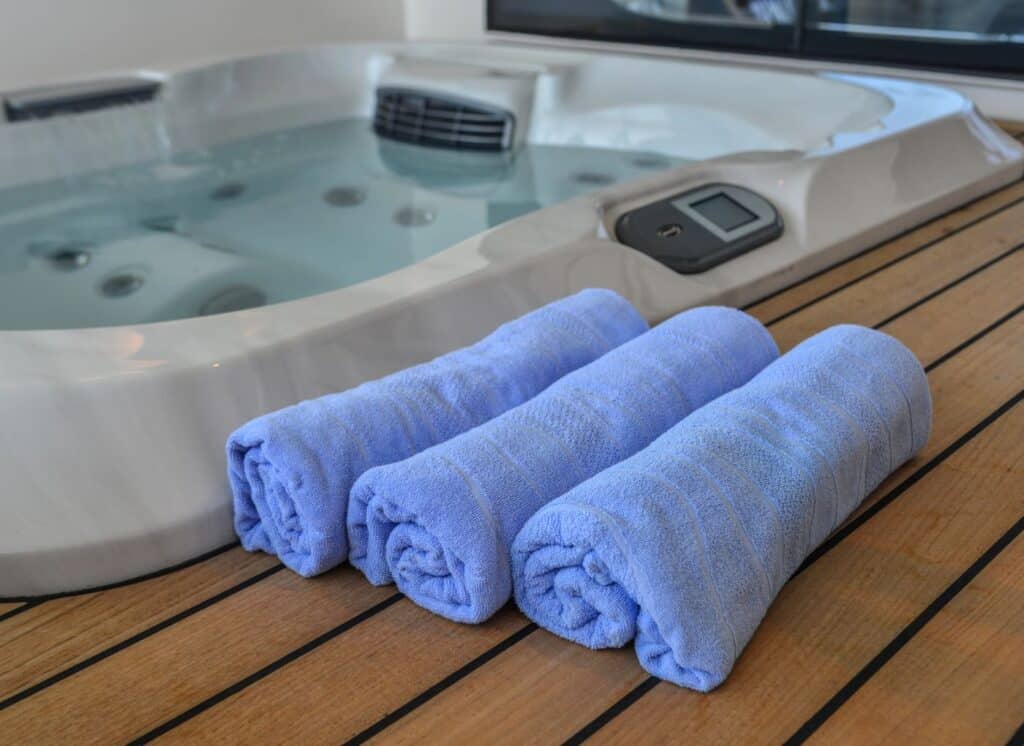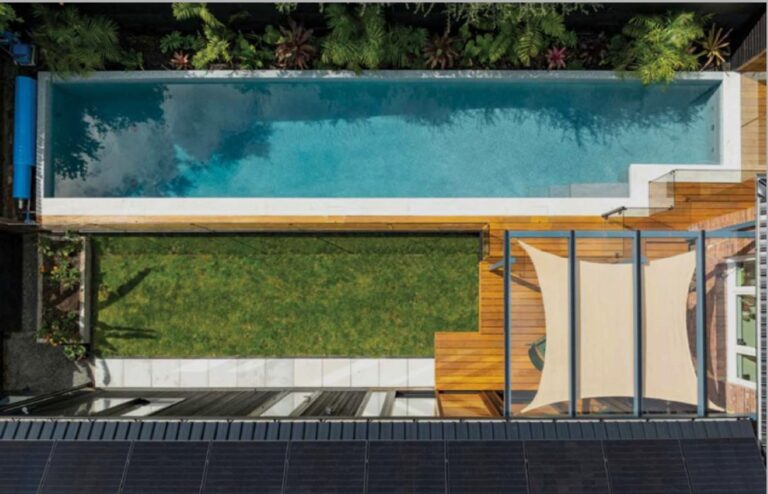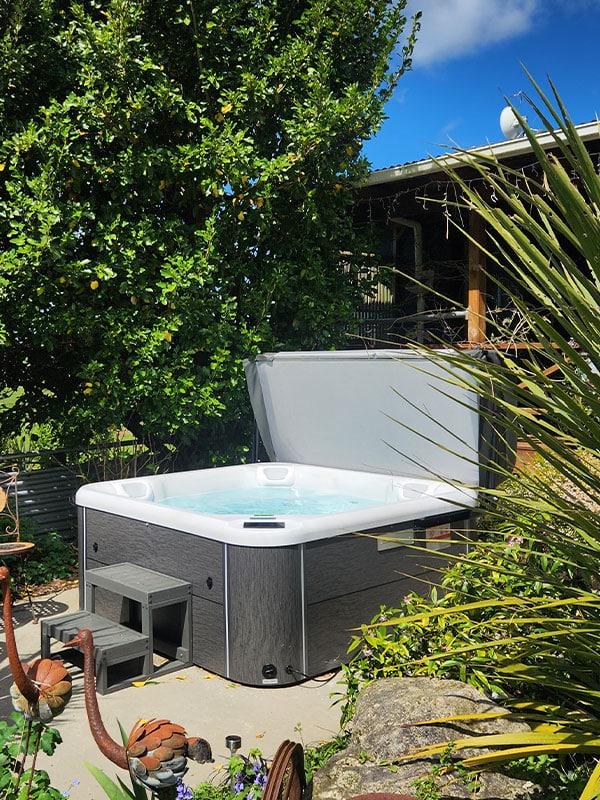Enhancing Your Outdoor Space with Timber Decking
There’s something timeless and inviting about a wooden deck, especially when it’s built around a luxurious spa pool. Timber decking enhances the appearance of outdoor spaces while improving functionality by creating a warm, slip-resistant, and stylish area perfect for entertaining or relaxation.
This guide helps homeowners create a custom deck around their new spa pool. With proper planning and execution, anyone can transform their outdoor area into a personal retreat with these step-by-step instructions, design ideas, and practical tips.
Why Timber Decking Works Well in Various Climates
Regions with mild winters, warm summers, and generally damp conditions are particularly well-suited to outdoor living. In such environments, people naturally spend significant time in their gardens, on patios, or soaking in spa pools. Timber decking fits seamlessly into this lifestyle.
Treated or hardwood decking stands up well to various weather conditions while feeling comfortable underfoot year-round. It dries quickly after rain, doesn’t absorb excessive heat in the sun, and provides a natural aesthetic that complements many home styles, from coastal properties to urban dwellings. With spa pools gaining popularity due to their health benefits and versatility, a timber deck serves as an ideal companion.
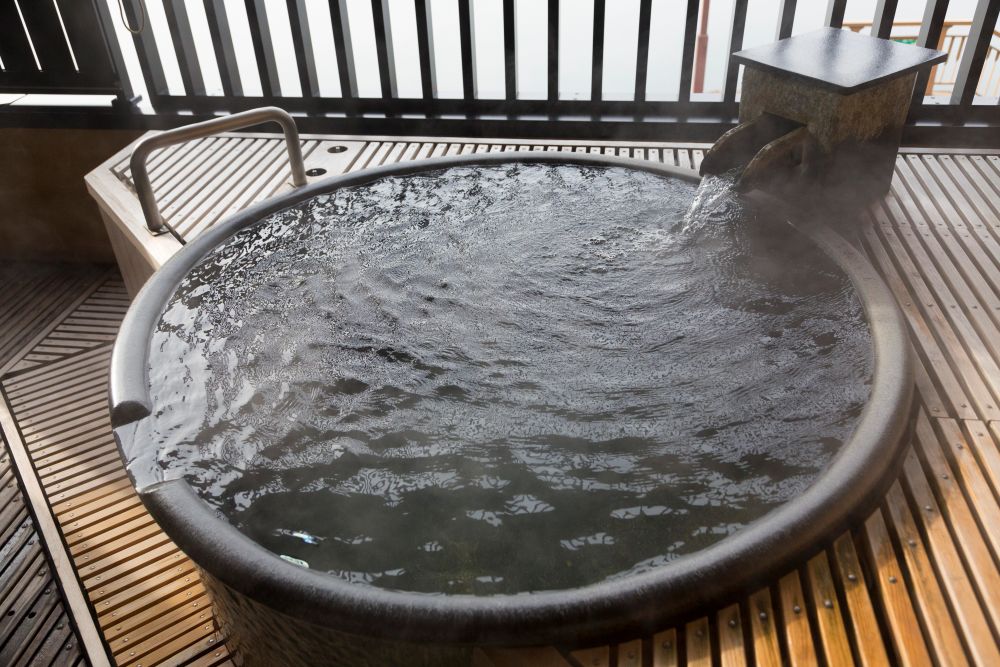
Current Decking Trends for Spa Pools
Modern backyards are increasingly designed with comfort, style, and functionality in mind, inspiring homeowners to create personalised outdoor sanctuaries. When designing decking around spa pools, many are moving beyond basic platforms to create comprehensive outdoor retreats.
Popular trends include:
- Wrap-around designs that create a flush, built-in look, making the pool feel integrated with the landscape
- Partial surrounds where the deck extends on select sides to allow for seating or entertainment areas
- Integrated features such as planters, steps, or pergolas that help define the space
- Raised platforms that match the height of the spa pool for smooth transitions and enhanced accessibility
- Multi-level configurations where the spa sits slightly sunken or centred within a tiered design, adding dimension while improving drainage and insulation
Planning Your Spa Pool Deck Project
Before beginning construction, careful planning is essential. Homeowners should decide how much of the spa they want to surround, whether the deck will encircle the entire unit or frame just one side. Factor in adequate space for safe access, especially if planning to install steps or seating.
Future maintenance requirements should be considered during the planning stage. Access to service panels must remain unobstructed; if the deck will cover access points, incorporate a hinged trapdoor or removable section. Proper ventilation around the spa is equally important, good airflow underneath the deck helps reduce moisture buildup and extends the life of both the spa components and the decking materials.
Precise measurements are crucial for professional results. Mark out dimensions using string lines or stakes to visualise the layout before beginning construction.
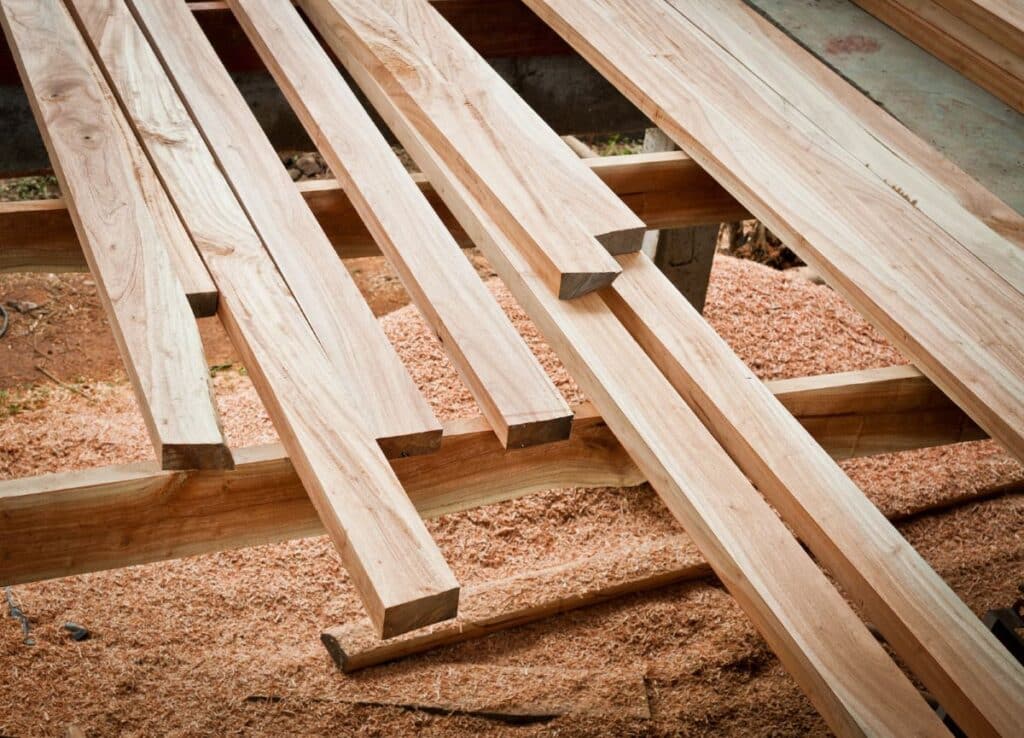
Selecting Appropriate Timber Materials
The timber selected affects both the appearance and longevity of the deck. If you have wooden fencing, try to match it to the new deck also. Popular choices include:
- Kwila – A rich, dense hardwood known for durability and natural oils that resist rot and insects
- Vitex – An excellent hardwood option that’s lighter in colour and sustainably sourced
- Thermally modified pine – A treatment-free softwood that performs well in damp conditions
- H3.2 treated pine – A cost-effective and widely available option suitable for structural framing
Regardless of timber choice, using stainless steel fasteners and galvanised brackets prevents rusting, which is particularly important in humid or coastal areas where moisture can accelerate corrosion. These corrosion-resistant materials ensure the deck’s structural integrity over time.
Building the Subframe Foundation
The supporting frame is crucial and must be solid and level. If constructing a raised deck, begin by digging post holes and setting them in concrete. Use a laser or spirit level to ensure even bearers, as this directly impacts the finished appearance.
Attach joists securely, spacing them evenly (typically no more than 400mm apart) to support both the decking weight and spa users. For ground-level decks, install a moisture barrier or ground cover to prevent weed growth and reduce moisture migration into the timber.
Double-check all measurements, squareness, and structural stability before proceeding. Addressing structural issues is significantly easier at this stage than later in the process.
Laying the Decking Boards
Installing the decking boards is one of the most rewarding phases as the project begins taking shape. Start from one edge, typically near the spa itself, and work outward systematically.
Secure each board with screws or hidden fasteners depending on design preferences. Maintain consistent spacing between boards (approximately 3-5mm) to allow for drainage and natural expansion. For boards requiring cuts to fit around spa curves or corners, use a jigsaw and work carefully to achieve clean, precise fits.
Periodically step back to assess alignment and overall appearance, making adjustments before everything is permanently fixed in place.

Adding Finishing Elements for a Professional Result
Once the basic structure is complete, several enhancements can elevate the deck’s appearance and functionality:
- Timber steps for easier access and natural flow
- Built-in seating or planters for added functionality and visual interest
- Integrated lighting, such as solar deck lights or low-voltage LED strips for nighttime use
- Privacy screens using slatted timber or bamboo to create a more intimate setting
Apply a protective sealant or stain formulated for exterior timber to preserve the wood’s natural beauty while protecting against UV damage and moisture. Reapplication should occur annually or as needed, depending on the product used and local climate conditions.
Regular maintenance, including cleaning and inspection for loose boards or corroding fasteners, helps maintain the deck’s condition and extends its lifespan.
Choosing the Right Spa Pool for Your Deck
The spa pool itself significantly influences the overall appearance of the outdoor area. With numerous styles available on the market, homeowners should consider:
- Size and shape in relation to available space
- Number of seats/jets based on anticipated usage
- Energy efficiency features
- Insulation quality for year-round use
- Colour and design compatibility with the planned deck
Proper research ensures the selected spa complements the deck design while meeting the household’s specific needs.
Creating Your Personal Backyard Retreat
Building a wooden deck around a spa pool transforms an ordinary outdoor space into a personalised retreat. With quality materials, thoughtful design, and careful workmanship, homeowners can create an area that combines relaxation, aesthetic appeal, and practical functionality.
Whether located in coastal areas, urban settings, or rural properties, a well-constructed spa deck provides the foundation for creating something truly special. With proper planning and execution, any backyard can become a private sanctuary for relaxation and entertainment.
